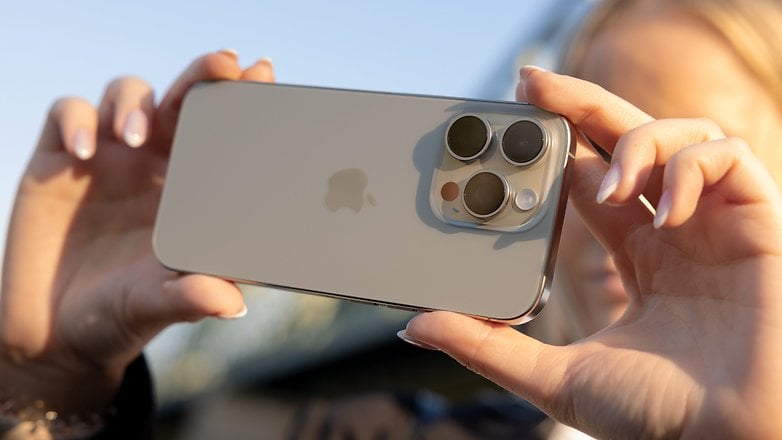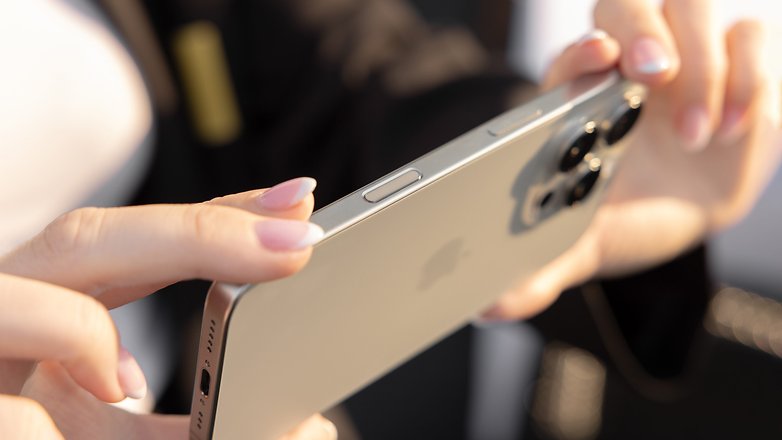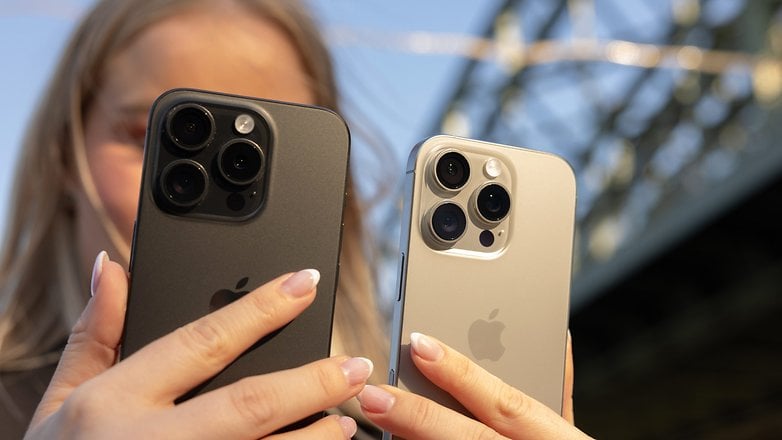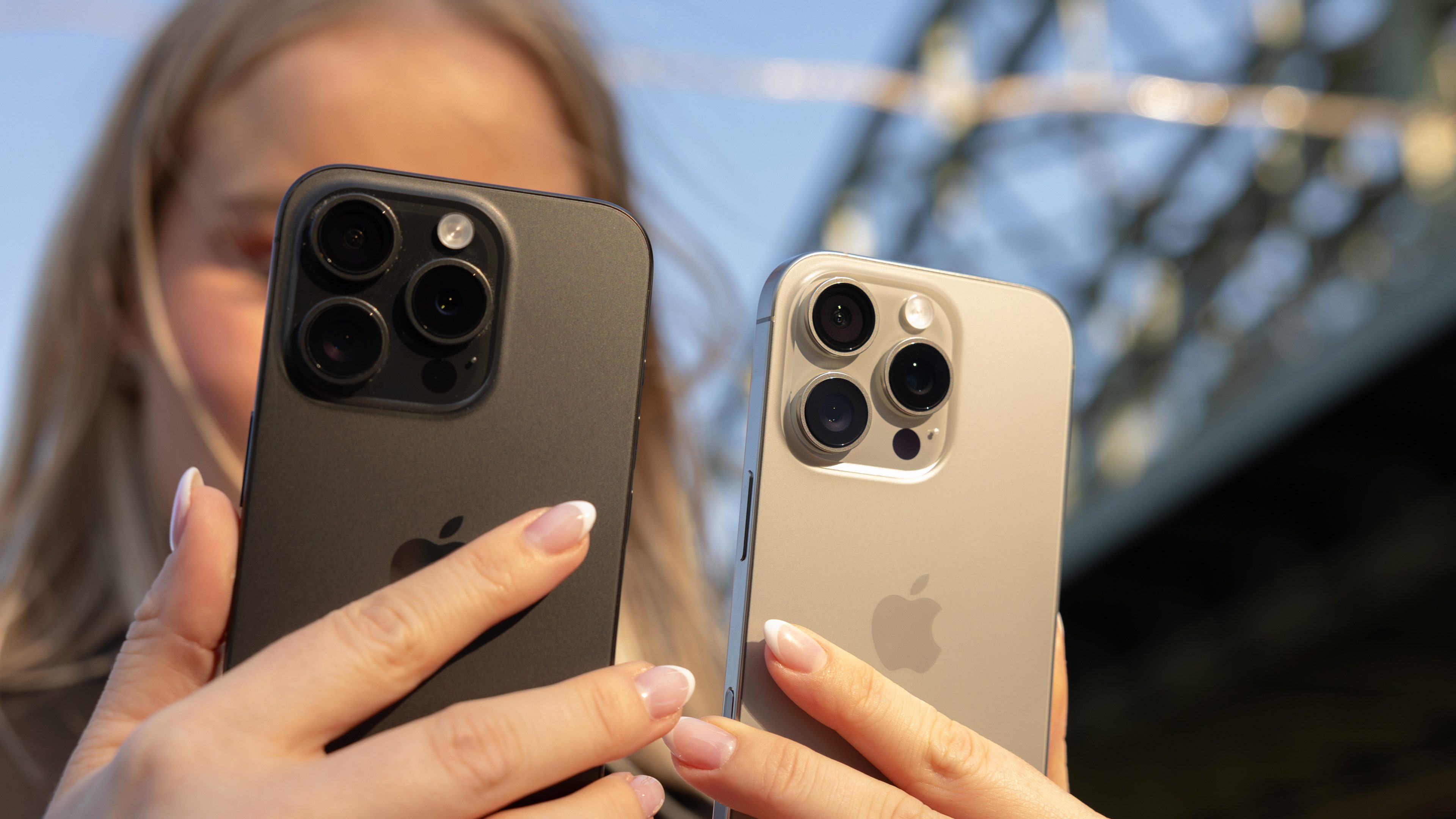
The New A18 Pro Chipset: It’s Not Just for AI
Apple Intelligence requires substantial computing power, and the Pro version delivers with 6 GPU cores, 6 CPU cores, and 16 cores in the Neural Engine. My initial reaction after the presentation was, “What’s the point of all this power if we can’t fully experience AI?” However, after spending some time with the device, I realized I had jumped to conclusions.
Apple has not only made its chip significantly more powerful, but also more energy-efficient. This means greater performance per watt, which translates to noticeably longer battery life. While I can’t quantify exactly how much more battery remains after a long day, Apple claims up to four additional hours of video playback.

Beyond battery life, the chip’s performance is impressive, offering great experiences not only for AAA gaming but also for photography and video recording. This is where the iPhone 16 Pro truly surprised me, gradually shifting my underwhelming first impression to an overwhelming one.
I especially recommend playing Resident Evil on the iPhone—fantastic gameplay and graphics, where the A18 Pro’s ray tracing really stands out. A few years ago, I would have never believed a smartphone could handle a game of this caliber.
Camera Control: More Than Just a Gimmick
Apple is taking a somewhat retro approach lately. A few years ago, the company seemed intent on gradually removing all physical buttons from its phones. But now, we’re seeing more buttons being added.
Last year, Apple introduced the Action Button, allowing users to assign actions for quick execution with a single press. This year, they’ve added Camera Control, a feature that initially made me think, “Nice, but who really needs this?”

Well, does anyone need it? Camera Control gives the iPhone 16 and 16 Pro a true digital camera feel, functioning like a real shutter button. But it does much more than just take quick photos.
Pressing it all the way down fires off a shot at lightning speed. A light press opens the zoom, and double-tapping it brings up a menu of various camera functions, depending on the app you’re using. You can even swipe over the button like a trackpad to select menu items or control functions.
It all works much better than I initially expected. Plus, thanks to the API that lets developers integrate Camera Control directly, it unlocks a wealth of photo functions across different apps.
The New Photo and Video Features Are Impressive
We’ve now come full circle: with the A18 Pro chip, Camera Control, and the new functions that Apple has presented with the iPhone 16 Pro, the iPhone is becoming a real digital camera.
I don’t want to go into too much detail about the new camera module, since my colleague Stefan Möllenhoff has taken a close look at the new iPhone camera anyway.
What really impressed me were the new video functions of the Pro version. Videos are recorded in 4K and 120 fps in Dolby Vision. The playback speed of videos can be edited afterward and reduced by half to 60 fps, a quarter (25 fps) or a fifth (20 fps), for instance. Of course, lower frame rates no longer look as super-smooth as a double slow motion at 60 fps. This makes it possible to create great slow motion recordings from existing material.
Color grading and professional workflows for editing videos are also possible with the iPhone at breathtaking speed. Incidentally, an external drive can also be attached to the iPhone 16 Pro so that the massive files don’t clog up the iPhone too fast.
Many of these video functions should be particularly useful for real professionals who want to record and produce video material with an iPhone instead of using expensive video equipment.

However, Apple also included a feature in the iPhone 16 Pro that should be of great interest not only to professionals, but also to all video amateurs. This blew me away during my time spent with it, which primarily included the new audio functions.
The four microphones of the iPhone 16 Pro record great sound anyway. Using computing and machine learning algorithms, familiar wind noise can be filtered out in windy environments so you can hear the things you want to hear. This actually worked incredibly well.
What’s really exciting are the Spatial Audio and Audio Mix functions. Videos can be recorded with Spatial Audio as standard. If you listen to the videos later with AirPods, where this spatial effect gives you the impression that you are there. Try it out for yourself, it’s really cool.

Audio Mix is a new function that is currently available only on the iPhone 16 Pro. Algorithms analyze what voices are there and what kind of background noise is heard. With the in-frame option, you can focus on the speaker’s voice and filter out the other voices.
The studio option is really cool, however, as it feels as if different speakers have studio microphones. The voices can be heard clearly and without background noise, even though there are elements in the original recording that you might not want to hear.
I’ve tried this option out a few times, and I’m sure that this alone will be absolutely practical for us in the editorial team for interviews or podcasts in the future. Whether we can leave our shotgun mic at home at the next trade fair, however, remains to be seen in reality.
There is also a cinematic option, where the focus is on the voices and background noise is shifted to the rear. However, I haven’t tried this option yet to provide any meaningful opinion.
My Thoughts on the iPhone 16 Pro
The shock of Apple announcing an iPhone with its key feature—Apple Intelligence—not yet available lingers. However, my initial frustration is gradually fading, not just because Apple Intelligence will eventually arrive in the following weeks. What really surprised me were the new Pro features, which exceeded my expectations.
As cliché as it may sound, from Apple’s perspective, the iPhone 16 Pro really is “the best iPhone they’ve ever built,” and the gap between it and its predecessor is larger than expected.
Now I’m curious—what’s your take on the new iPhone 16 Pro?






